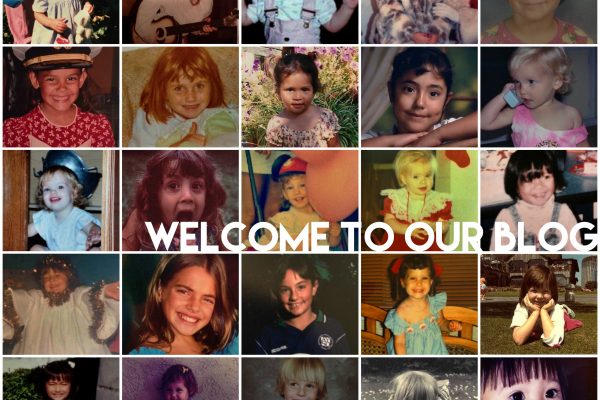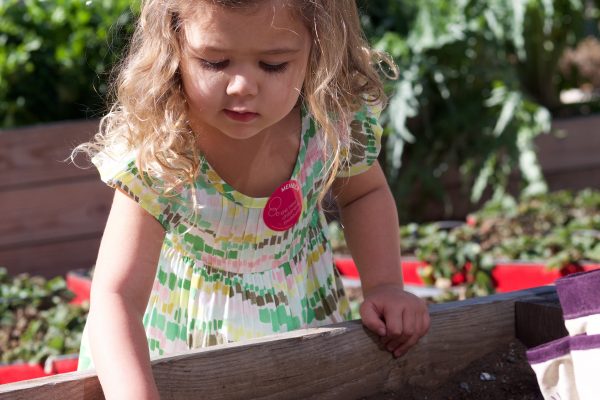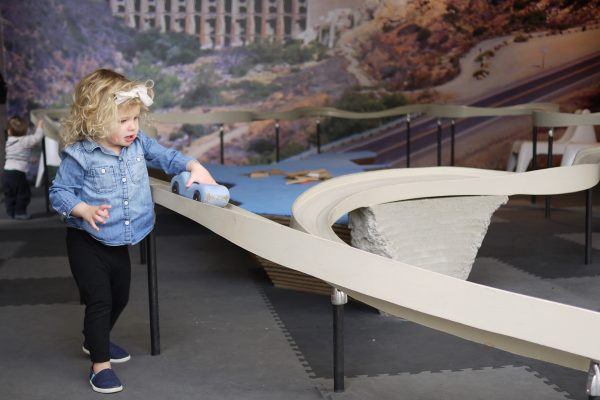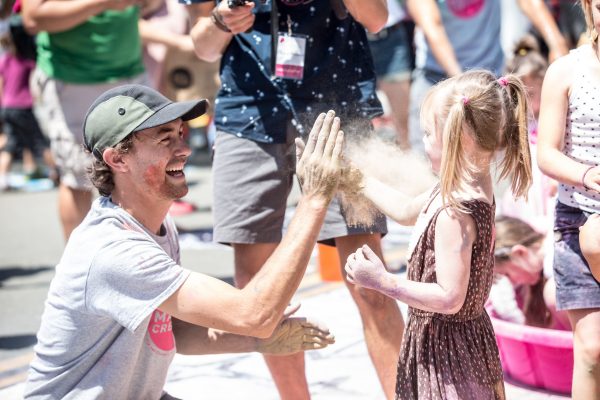diy: abstract quilts
In honor of Black History Month, learn how to create a patterned fiber artwork inspired by the African American quilts created by the Gee’s Bend quiltmakers! The Gee’s Bend quiltmakers are a group of women from a small Black community called Gee’s Bend in rural Alabama who created hundreds of quilts dating from the early twentieth century to present. Quilt-making has been a proud tradition in the Gee’s Bend community, carried through multiple generations of creating textiles for home and family. The Gee’s Bend quiltmakers were incredibly innovative in how they used patterns and found materials to create beautiful, bold and abstract designs, representing some of the most spectacular works of fiber and textile art in American history. Learn more about this influential group of quiltmakers and their quilts here. For our DIY project, experiment with felt, colorful recycled fabrics and embroidery thread to make your own Abstract Quilt or fiber art inspired by the quilt pattern examples from Gee’s Bend.
This DIY project was originally developed with the Mingei International Museum for a pop-up workshop in the Museum’s Rosso Family Foundation Innovators LAB.
guidelines + materials
AGE: 4+ (with adult support)
TIME FRAME: 45 minutes
SUPPLIES:
- 1 large + stiff piece of felt
- Scissors
- Paper
- Colored pencils or markers
- Tacky Glue
- Various fabric pieces/scraps (e.g. soft felt in various colors and other found fabrics)
- Hot glue gun (optional with adult support)
- Embroidery needle and thread (optional with adult support)
directions
1. Get inspired. Take a look at the photo examples below of the various types of quilt patterns from the Gee’s Bend quiltmakers to get an idea for your abstract quilt design. View more quilt pattern examples and learn more about the history behind the types of Gee’s Bend quilts on the Souls Grown Deep website.
Abstract + Improvisation
Improvisational or “my way" quilts started with basic patterns then continued with unexpected patterns and unusual colors.
Yo-Yo, Annie Mae Young, 1971
Photo by Stephen Pitkin
House Top + Bricklayer
Consists of concentric (shapes that share the same center) squares.
Log Cabin Quilt, Artist Unknown, 1890’s
Photo provided by Mingei International Museum
Patterns + Geometry
Repeating patches such as triangles, squares, hexagons and diamonds.
Jacob’s Ladder Nine Bock Variation, Lucy T Pettway, 1959
Photo by Stephen Pitkin
Work Clothes
Quilts made of repurposed materials such as denim, worn out clothes and overalls.
Bars and Blocks Work-Clothes Quilt, Annie Mae Young, 1944
Photo by Stephen Pitkin
2. Creating your design with fabric. Start with sketching a design of a quilt pattern. Use a piece of paper that is the same size as the felt (background) and map out a pattern for your quilt using colored pencils or markers. Then, begin cutting shapes out from the soft felt and other fabrics, and put a pattern together on top of the felt piece. You can also explore designing without a sketch plan. Either way, play with overlapping fabrics and placing them in different directions.
3. Glue down your shapes. Once you are happy with your design and have covered your felt surface completely with fabric pieces, begin gluing them down to the felt using Tacky Glue or a hot glue gun. Be sure to use lots of glue and re-glue any areas that might be popping up.
4. Add stitching. If interested, finish your quilt by using embroidery thread to create a sewn design directly onto your quilt or onto a soft piece of felt and then add it to your quilt. You can also sew pieces of your quilt together.
5. Share your design! You’ve finished your Abstract Quilt! Share your finished design with family or friends. What surprised you while making it? Do you have a favorite part? Think about and share about your discoveries and challenges. If you have more fabric available, why not try a new design!
Additional Learning Activities (Grades K-5)
Collaborative Artwork
Quiltmakers sometimes work solo and other times enjoy creating together in groups known as quilting bees. In the spirit of making one work of art in a team, use a large sheet of paper and materials of your choice to make a drawing or painting along with family or friends.
Select a Story
Reading is a wonderful way to learn more about an idea. Choose books about the Gee’s Bend quiltmakers or quilting and read them before and/or after the Abstract Quilt activity!
Recommended Related Reading (Ages 4 – 10):
- Belle, The Last Mule at Gee’s Bend: A Civil Rights Story by Calvin Alexander Ramsey and Bettye Stroud and illustrated by John Holyfield
- Stitchin’ and Pullin’: A Gee’s Bend Quilt by Patricia McKissack and illustrated by Cozbi A. Cabrera
- Tar Beach by Faith Ringgold
CA Arts Standards for Visual Art (Grades K – 4)
- Engage in exploration and imaginative play with various arts materials.
- Explore uses of materials and tools to create works of art or design.
- Use observation and investigation in preparation for making a work of art.
- Discuss and reflect with peers about choices made in creating artwork.
- Create personally satisfying artwork using a variety of artistic processes and materials.
- Brainstorm individual and collaborative approaches to a creative art or design problem.



